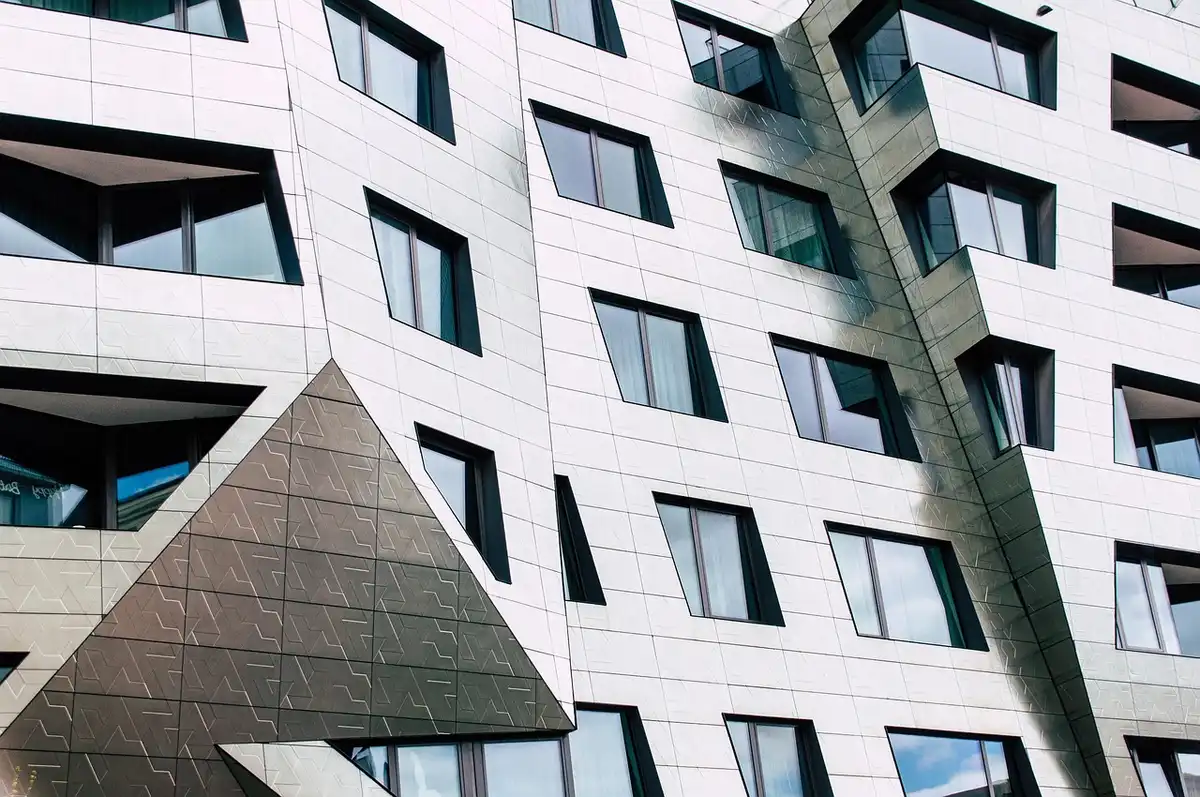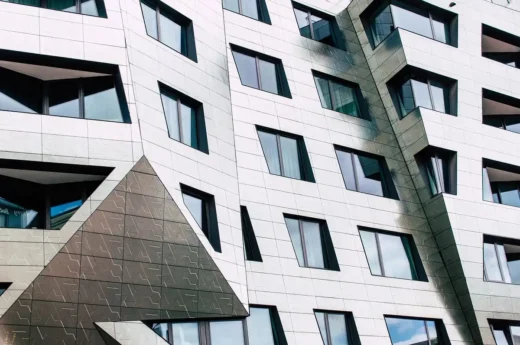The role of steel in smart and modern home upgrades, Car protection at home advice
The Role of Steel in Smart and Modern Home Upgrades
14 April 2025
In Britain, the methods of constructing buildings using steel have partnered with smart technologies and modern styles during the evolution of home design and renovations. British homes will have steel constructions integrated with advanced technologies by 2025, providing stylish and practical features.
The Resurgence of Steel in Home Design
Steel continues to be at the core of advanced home renovations because of its flexibility. The ‘steel look’ trend has recently been updated to include doors and windows, which have become quite popular. These features add to contemporary design and are also cost-efficient.
Steel-look designs’ popularity is on the rise according to Thames Valley Windows Reports that claim steel-look designs will feature on many construction sites in 2025, making it one of the adopted trends for the year.
Stainless steel, with its balance when combined with other materials, brings forth modern designs for balanced spaces, which are modular designs. Dominating stainless steel bolts are gaining popularity in kitchen designs because of their chic and utilitarian features.
This marks the shift toward appealing and practical materials. Additionally, incorporating a structural beam can enhance the open-plan layouts that are characteristic of modern homes, providing both support and aesthetic appeal.
Steel and Smart Home Integration
With its revenue forecasted to reach £9.56 billion by the year 2025, along with 87.8% penetration of market share, the UK’s smart home market is currently outperforming growth expectations.
This growth is inline with the adoption of new steel components alongside the acceptance of smart technologies. Steel structures make for strong frameworks but a myriad of smart home systems such as automated security and lighting can be seamlessly integrated, serving dual purposes. The fundamentals that embed smart technologies are important in attaining unobtrusive integration into the structure of the house.
Sustainability and Energy Efficiency
The UK’s construction and renovation industry still appears strong in focus, with regionally sourced eco-friendly materials wrapped around sustainability steel’s new green put forth eco-friendly construction practices embracing low carbon emitting resources.
Achieving the set target of net carbon emission by 2050 will greatly optimise the cost incurred from modern technologies. Steel recycling enhances the construction practices and smart technologies mounted onto steel structures improve the overall energy efficiency.
Economic Implications
The financial outlook of house renovating activities is also shifting. Estimated projections indicate that by 2030, the UK’s expenditure on construction will rise by 12%, and the price of materials like steel will increase even more, by 15%.
These projections will be particularly alarming for homeowners because they highlight the greater need for meticulous renovation planning. However, overriding costs pose a challenge when considering the advantages of improved steel construction, new intelligent technologies, modernised residential constructions, and the valuable energy-efficient enduring structures that enhance property value.
Security Considerations in Smart Steel Homes
The automation of homes entails a new level of connectivity and this new level creates a more serious issue of security. To some extent, sensors, and smart appliances integrated in homes make them susceptible to cyberattacks. Due to some of the security vulnerabilities, the British government has taken the initiative of a Code of Practice designed to help manufacturers strengthen the protection that is available on connected devices.
Those individuals should follow those guidelines and make sure that their appliances are regularly maintained and provided with the most recent security patches.
Integration with Renewable Energy Sources
These days, a merger of solar energy view integration and steel framing is regarded as an advanced version of smart homes. A solar charger is capable of serving as a renewable provider of energy for a house while steel roofs serve as an eco-responsible structure. The UK’s policies towards increasing the rate of renewable sources put into action align with every household’s dream of minimising power consumption and carbon emission.
Solar panels do tend to stress a building adding extra weight so steel’s core structure makes it perfect for housing solar energy and sculpting a hybrid wind turbine which further makes the addition of these devices stand alone. Not only does that improve the household’s energy self-sufficiency, but also improves the renovation plans of the house by adding a new level of eco-friendly impact boosted in the form of environmental sustainability.
Conclusion
The integration of steel in modern upgrades to homes in the UK enhances their adaptability and sustainability while also making them more durable. Steel’s unrivaled strength makes it possible for innovative architectural designs while its recyclability makes construction environmentally friendly. In addition, the impressive comes with having its steelwork structure being recovered and recycled at over 95%, which strengthens their claim to being environmentally friendly.
Comments on this The Role of Steel in Smart and Modern Home Upgrades article are welcome.
Architecture
The Edinburgh Grand – St Andrew Square Development
The Edinburgh Grand Building
St James Quarter Edinburgh
St James Quarter
Comments / photos for the The Role of Steel in Smart and Modern Home Upgrades page welcome





